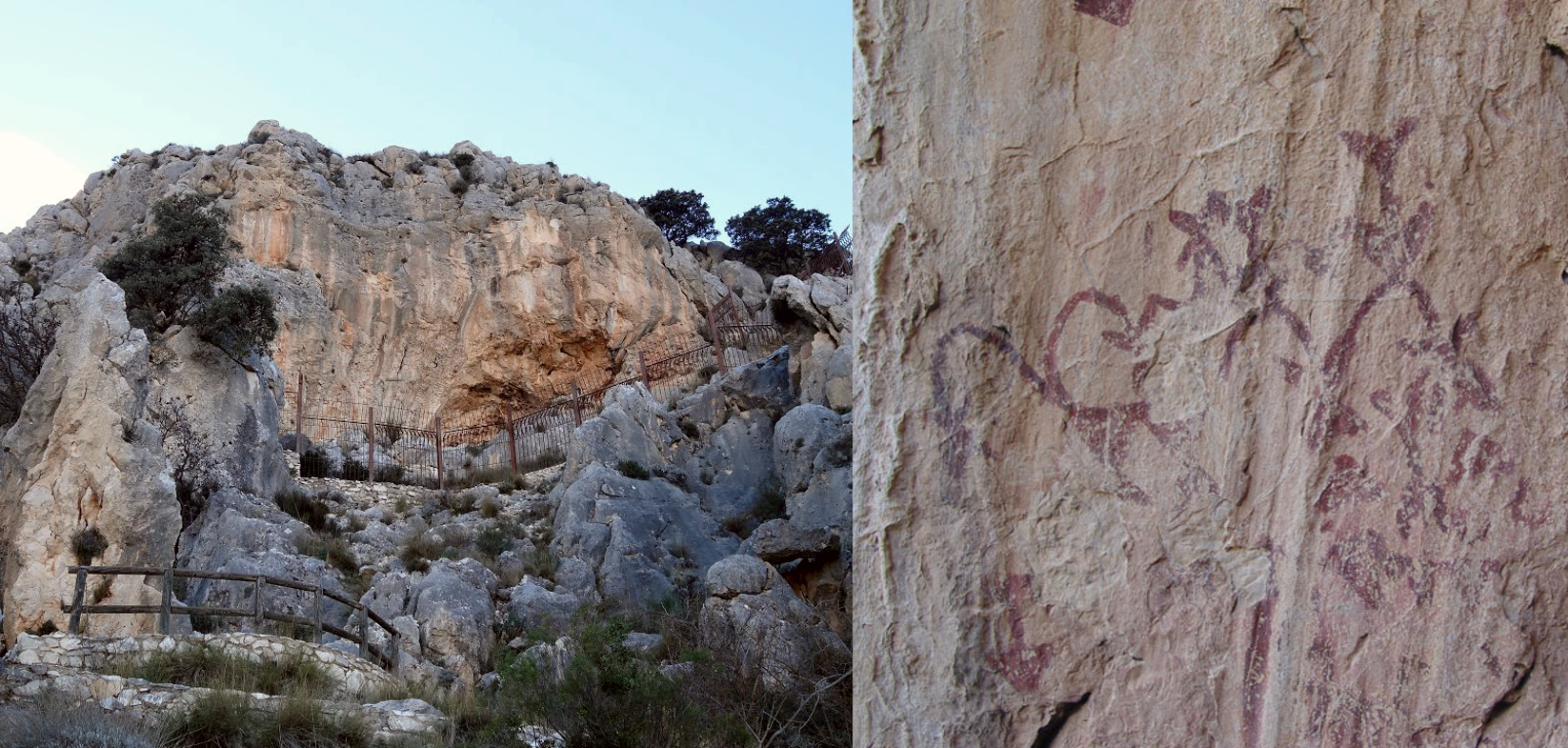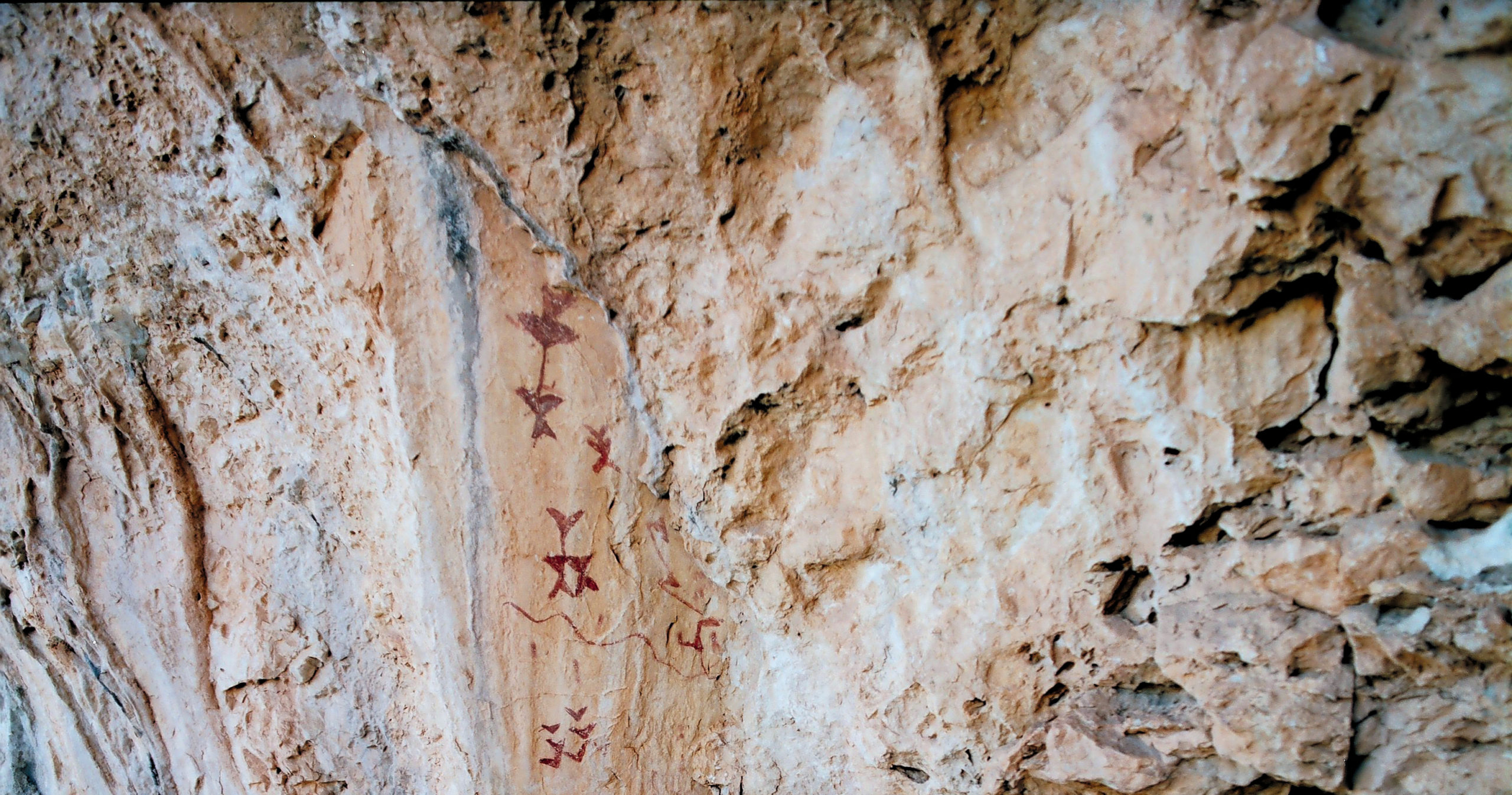Type of site:
Rock-Shelters
Place of location: The rock-shelter can be reached by taking a well-signposted track on the left of the road from Vélez Rubio to Vélez Blanco. The track reaches the base of the Maimón. Some steps lead to the shelter.
Village/Town: Vélez Blanco
Municipality: Vélez Blanco (Almería)
Region: Andalucía
State: Spain
Telephone: (+34) 950 614 800
Website: https://www.andalucia.org/es/velez-blanco-turismo-cultural-cueva-de-los-letreros
Natural Environment:
Natural Park of Sierra de María-Los Vélez. In this area we find large and abrupt moles, almost vertical cuts that reach heights of over 2000 m in mountain ranges such as María, Las Muelas, El Maimón, El Gabar or Sierra Larga. Formed by limestone materials, only eroded by water that penetrates the rock, they have numerous caves and chasms – La Gitana cave, sima de los Rincones – and offer magnificent springs such as Los Molinos, in Vélez Blanco. The altitude conditions the ecosystems present in the natural park in an irremediable way. Thus, in the low and medium altitudes we find oak forests with a scrub in which esparto grass, thyme and rosemary dominate and which have been colonized by a magnificent representation of steppe birds – common terrapin, bustard and sandgrouse, among others. But without a doubt, it is the forests of Aleppo pines and laricio that condition the forest vision that today offers the protected space, giving shelter to a good number of mammals, such as the Murcian arrui, civet, marten or the interesting vole of Cabrera; a wide variety of small birds and outstanding birds of prey, with a notable representation of the nocturnal ones – owl, owl, tawny owl -; and amphibians and reptiles, such as the Moorish turtle in its most northern sample. On the cliffs, where savins, piornos and junipers find shelter, golden eagles, hawks and a growing population of griffon vultures nest and fly above. It is at these heights that the most outstanding plant endemisms are found.
Archaeological evidences in the site:
The shelter is 25m wide and 6m deep, with a height that varies between 8 and 10m in the central area. Although the access is steep, it is made easier by some ramps and a series of zigzag steps that reach the site. The paintings are distributed in several panels, while some of them are on blocks on the floors. The main panel is the most important one, on the left-hand wall of the rock-shelter. Its state of conservation is precarious due to natural agents and artificial causes (tracings). As many as 174 figures have been identified, including superimpositions, and in general they tend towards being abstract.



















